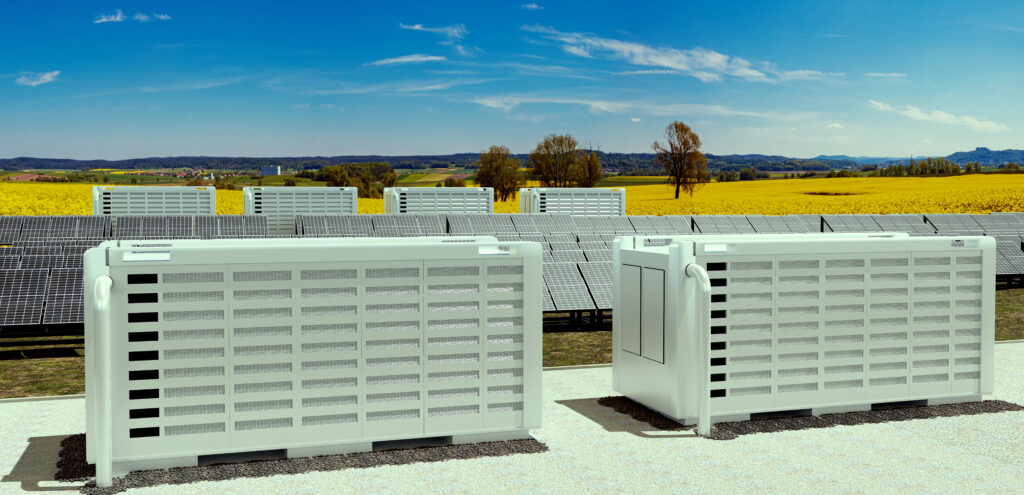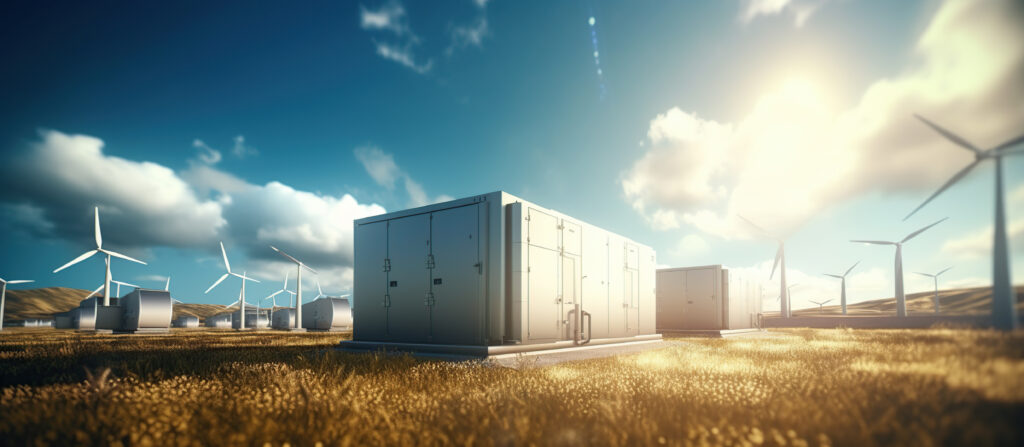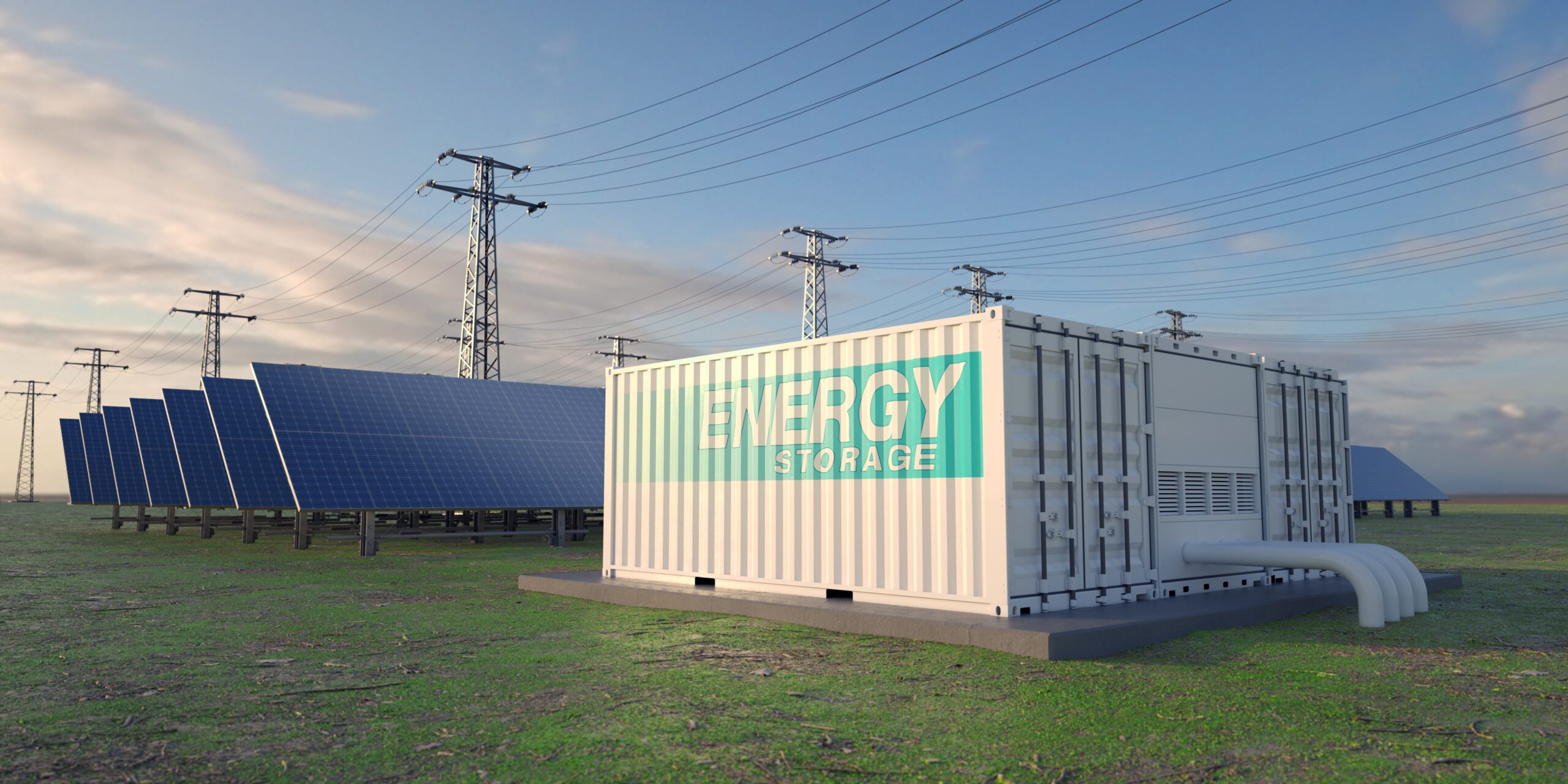Unlocking the Future of Renewable Energy: The Critical Role of Long Duration Energy Storage
Written by Aimee Besant – Head of Energy Storage
Introduction: A New Era for Renewable Energy Storage
The renewable energy industry stands at a pivotal moment, as governments and industries worldwide are working tirelessly to meet net-zero targets.
One of the greatest barriers to this ambition is the ability to store clean energy efficiently over long periods. Enter Long Duration Energy Storage (LDES), a technology that promises to unlock extraordinary levels of renewable energy capacity, strengthen energy security, and reduce household bills.
As the Head of Energy Storage at OWC, I’ve had the privilege of leading projects over the years that focus on the technical and economic feasibility of energy storage solutions. Now, with the UK’s recent announcement on LDES investment, we are at the cusp of a game-changing transformation.

The Government’s New Scheme: A Turning Point for Energy Storage
The UK government’s new LDES investment support scheme, designed to encourage the development of technologies such as pumped storage hydro, compressed air energy storage, and flow batteries, is set to unlock billions in funding for renewable energy storage projects. For the first time in nearly 40 years, significant long-duration storage facilities will be built, supporting the integration of renewable energy and safeguarding energy security.
But what does this scheme really mean for investors, developers, and consumers? The answer lies in how this initiative will create a stable market for renewable energy storage technologies, building investor confidence through a cap and floor mechanism. This provides a guaranteed revenue floor while sharing profits with consumers when revenues surpass expectations—a win-win model that has already proven successful in the interconnector market.
Why LDES is Essential for Our Clean Energy Future
At its core, LDES is not just about building giant batteries; it’s about enabling the entire energy system to transition away from fossil fuels.
Currently, the UK grid faces significant curtailment, particularly for wind assets, as renewable energy generation increases. LDES technologies, such as pumped hydro and liquid air energy storage, are not only crucial for managing variable resources but represent a more mature and holistic approach to balancing supply and demand on a 21st-century grid with high renewable penetration. This helps to smooth the grid’s load ensuring a reliable supply of electricity during peak demand, making intermittent renewable sources like wind and solar more effective. As the penetration of renewable energy increases, without significant investment in LDES, the level of curtailment already seen on the UK grid is expected to rise with LDES being seen as the solution to not just daily variability in renewable generation but the seasonal variation in generation.
For a country striving to achieve its net-zero goals by 2050, expanding long-duration storage capacity is crucial. The National Grid Electricity System Operator (NGESO) has estimated that between 11.5 and 15.3 GW of LDES will be required by mid-century to fully decarbonise the grid. Moreover, the UK government’s own analysis indicates that deploying 20 GW of LDES could save the electricity system £24 billion between 2025 and 2050. These savings would be passed on to consumers, significantly reducing household energy bills.

The Technical Path Forward: Beyond Batteries
It’s important to highlight that achieving long-duration storage at scale will require more than just batteries. While Battery Energy Storage Systems (BESS) have been instrumental in balancing short-term grid fluctuations, they lack the capacity for multi-day storage.
Non-BESS technologies—such as pumped hydro, compressed air, and liquid air energy storage—are far more suitable for the type of extended energy storage needed to maintain grid stability over long periods as renewable penetration increases.
Chris Carroll, Senior Consultant in Onshore Solar Renewables, also pointed out based upon the pathways indicated in the NGESO future energy scenarios and ESO pathways to net zero documents published in July 2024 expects LDES projects to start connecting by late this decade to ensure alignment with the UK’s net-zero targets. This will not only be a technical challenge but will also require significant regulatory and financial support. By focusing on these non-BESS technologies, we can pave the way for the kind of innovation and large-scale deployment required to meet our future energy needs.
OWC’s Role in Supporting LDES Development
At OWC, we are working hand in hand with developers, providing feasibility analysis and cost models that support the deployment of global LDES projects.
Whether it’s evaluating the suitability of pumped hydro sites or optimising the performance of emerging technologies like flow batteries, our expertise in Owner’s Engineering and Technical Due Diligence ensures that projects are delivered on time, within budget, and at the highest technical standard.
We believe that our role is not just to deliver technical solutions but to champion the future of clean energy. LDES will be central to this, allowing the global renewable energy sector to continue its rapid expansion and enabling us to finally move beyond our reliance on fossil fuels.

Conclusion: A Call to Action for Investors and Innovators
The journey to net zero is not one we can take alone. We need the investment community to step forward and seize this opportunity, leveraging the government’s new scheme to unlock the full potential of LDES technologies. We also need innovators and engineers to continue pushing the boundaries of what’s possible, exploring new ways to store energy and improve efficiency.
Working in the renewable energy space, I’ve seen first-hand the power of collaboration and innovation in driving meaningful change. LDES represents the next big leap in our collective effort to build a more sustainable future. With the right investment and technical expertise, we can make renewable energy not just a source of power, but the foundation of a new, cleaner economy.
By strategically positioning the right projects and working with a diverse array of technologies, we can unlock a future where energy storage isn’t just a backup—it’s the backbone of our energy system.
Join the Conversation:
We invite consultants, engineers, and senior leaders in the renewable energy industry to engage with us as we work towards this ambitious goal. Let’s collaborate, innovate, and invest in the future of energy storage.

Aimee Besant
OWC Head of Energy Storage
